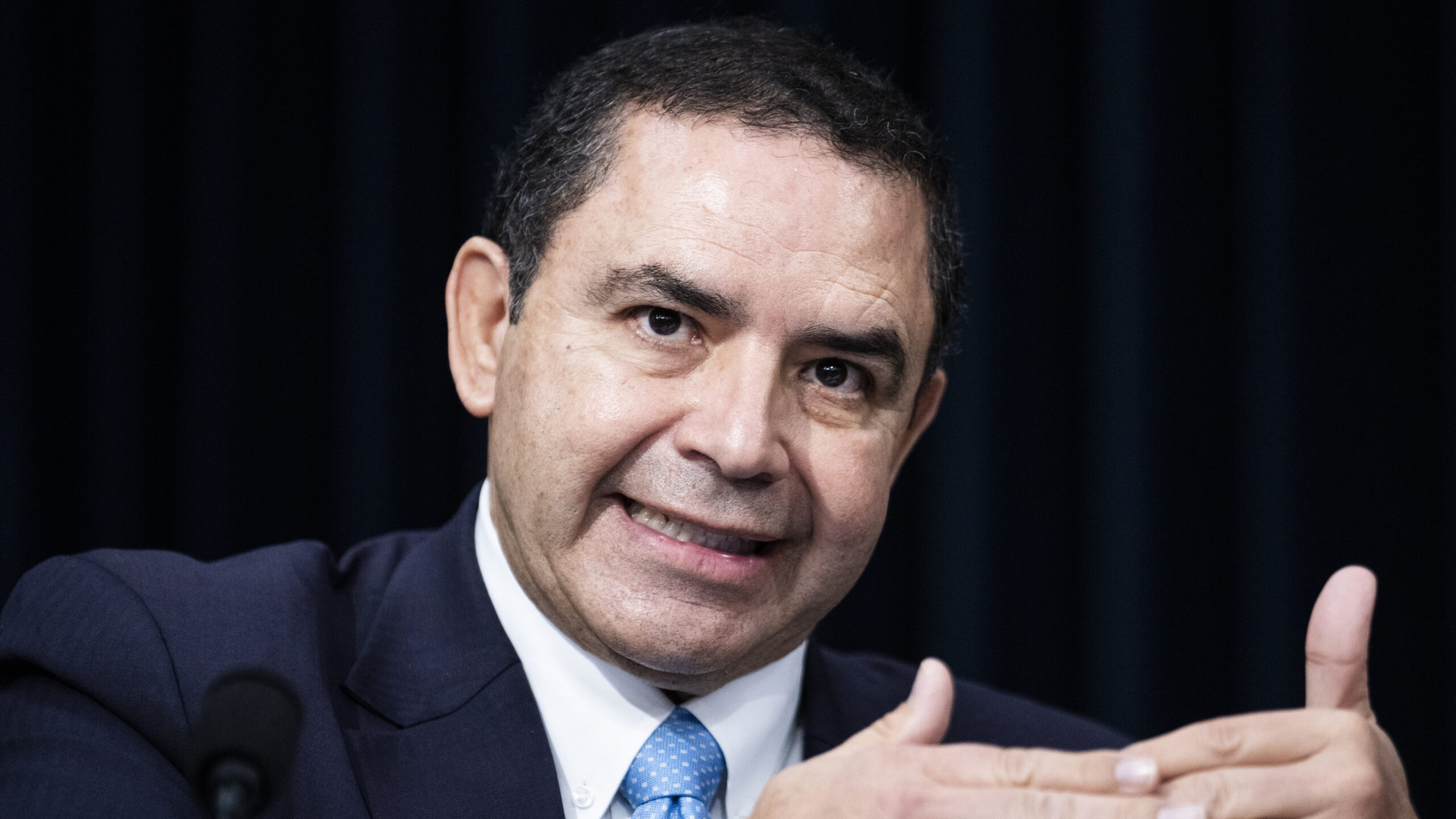Californians may face higher electricity bills as Utility Commission plans vote.
Californians Struggle with Skyrocketing Electricity Rates
Californians are feeling the pinch as they pay more than double the national average for electricity, with rate increases far exceeding inflation. The state’s Public Advocates office, which represents utility customers, warns that the situation may worsen if regulators approve further price hikes.
Experts have raised concerns about the impact on low-income households, who have been hit hardest by the historic increases in rates and bills. Families have been grappling with annual increases of five to 10 percent since 2013, making it increasingly difficult to provide for their loved ones.
One utility company, Pacific Gas and Electric (PG&E), saw rates spike by a staggering 38 percent between January 2021 and September 2023, and up to 92 percent since January 14. PG&E is now seeking approval to pass on $412 million in costs to ratepayers, including expenses related to wildfire mitigation and rebuilding efforts.
If approved, the rate hikes would take effect from January 1, with incremental increases and annual adjustments continuing until the end of 2026.
Related Stories
-
Electricity Bill Shock to Stay Amid Cost-of-Living Crisis, Despite Energy Changes
Published on 10/4/2023
-
California Electric Utilities Announce Income-Based Billing Proposal
Published on 4/14/2023
The advocacy group has recommended a reduction of $135 million from the utility company’s proposal, suggesting that ratepayers cover $276 million instead.
A vote on the matter was originally scheduled for Nov. 2 but was postponed by two weeks. Discussions about rate increases are closed to the public, as permitted by state law.
In its submission to regulators, the utility argues that the requested funds are necessary to ensure safe and reliable service at reasonable rates. The plan underwent a thorough review as part of risk assessment mitigation strategies considered by the commission.
According to the public advocate’s report, wildfire mitigation efforts are the primary driver of rate increases. The utility has spent millions over the past five years on clearing trees and vegetation to reduce the risk of wildfires, which have caused significant loss of life, destruction of structures, and billions of dollars in damage.
Other factors contributing to rate spikes include the utility’s investments in transmission lines and rooftop solar incentives. The energy commission approved incentives in 1996 to encourage the installation of solar power systems, resulting in higher bills for customers without such systems.
The report also highlights the inefficiency of energy efficiency programs, which have failed to deliver cost savings. Additionally, funds allocated for these programs have sometimes been redirected towards lobbying efforts against industry regulations.
Residents affected by the soaring rates express their frustration, with many struggling to make ends meet. Luis Ramirez, a construction worker and father of three, shares his shock at the ever-increasing bills: “We can’t afford to pay this much, and every month it’s worse, even though we’re doing everything we can to not use electricity.”
PG&E declined to comment, stating that they will address the issue after the rate hearing.
What alternative solutions, such as income-based billing, are being explored to address the issue of rising electricity rates? How effective are these solutions in providing relief for ratepayers while ensuring long-term sustainability and affordability
Due to ongoing discussions and negotiations between PG&E and the Public Advocates Office. The delay has allowed for more time to consider the potential impact on ratepayers and explore alternative solutions to manage rising electricity costs.
The skyrocketing electricity rates in California have been attributed to various factors, including the growing demand for energy, infrastructure upgrades, and investment in renewable energy sources. While the state has made significant progress in transitioning to cleaner energy options, such as solar and wind power, the costs associated with these initiatives have been passed on to consumers.
Low-income households, in particular, have been disproportionately affected by these rate increases. With stagnant wages and rising living costs, many families struggle to afford basic necessities, let alone the burden of high electricity bills. The current situation exacerbates the already existing cost-of-living crisis in California.
The proposed rate hikes by PG&E have raised further concerns among consumer advocates. While the utility company justifies the need for these increases by citing expenses related to wildfire mitigation and rebuilding efforts, critics argue that ratepayers should not bear the full brunt of these financial burdens.
In response to PG&E’s proposal, the Public Advocates Office has recommended a reduction of $135 million, suggesting that ratepayers cover $276 million instead. This reduction would alleviate some of the financial strain on consumers, particularly those from low-income backgrounds. However, it remains to be seen how this recommendation will be taken into account during the ongoing discussions.
As the debate continues, alternative solutions to address the issue of skyrocketing electricity rates are being explored. One such proposal is the implementation of income-based billing, as announced by California Electric Utilities. This approach would allow households to pay for electricity based on their income level, providing relief for those who are struggling to keep up with soaring costs.
It is essential for regulators and policymakers to prioritize the interests of ratepayers while also considering the long-term sustainability and affordability of electricity in California. Balancing the need for investments in clean energy infrastructure with the financial well-being of consumers is crucial to ensure a fair and equitable energy system.
In conclusion, Californians find themselves grappling with the burden of skyrocketing electricity rates, far exceeding the national average. Low-income households face the greatest challenges, with annual increases making it increasingly difficult to make ends meet. PG&E’s proposed rate hikes and the ongoing discussions surrounding them highlight the pressing need for a comprehensive solution that addresses the concerns of ratepayers while supporting the state’s transition to cleaner energy sources. The implementation of income-based billing and other alternatives should be carefully considered to ensure a more sustainable and affordable energy future for all Californians.
" Conservative News Daily does not always share or support the views and opinions expressed here; they are just those of the writer."





